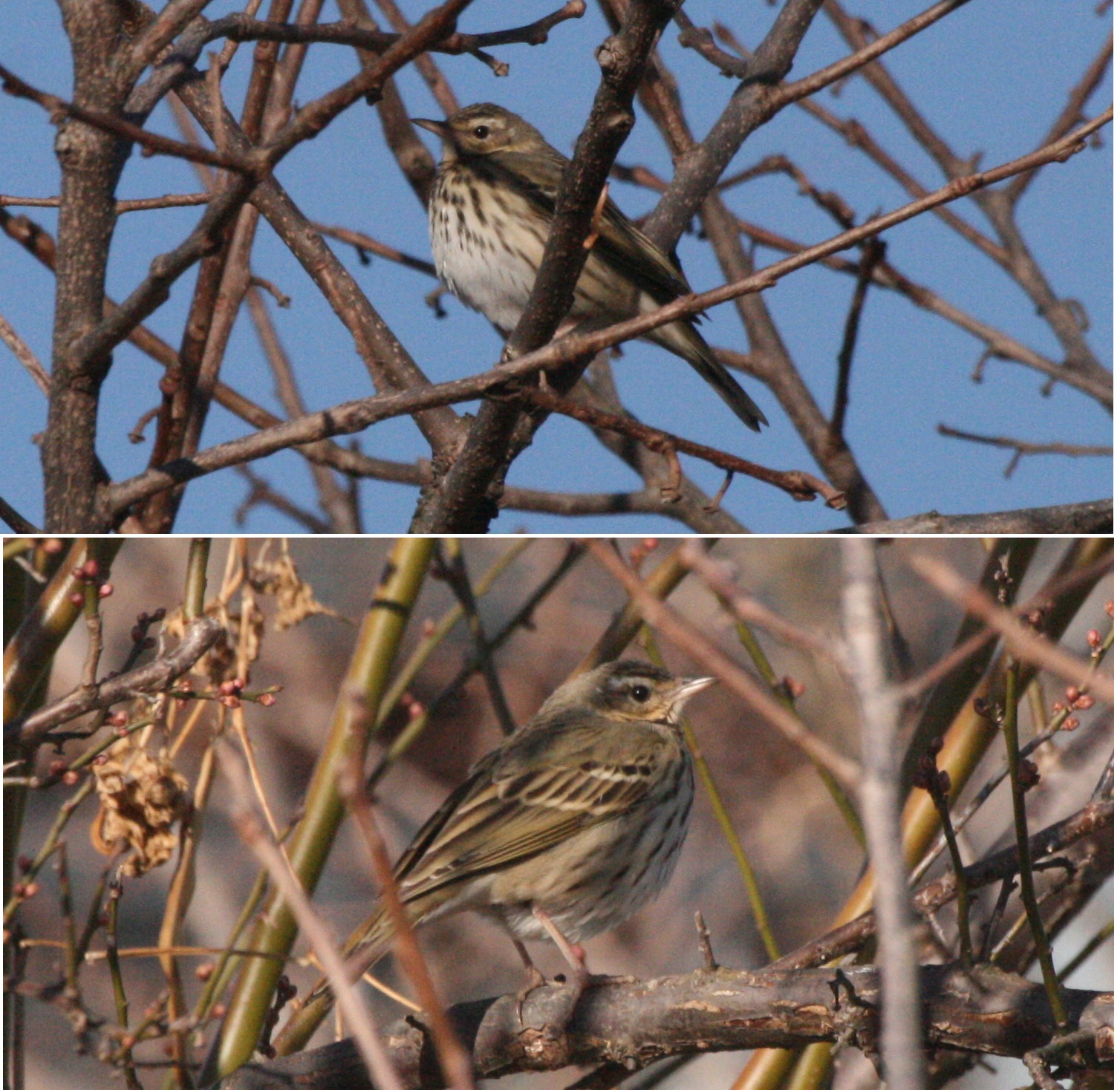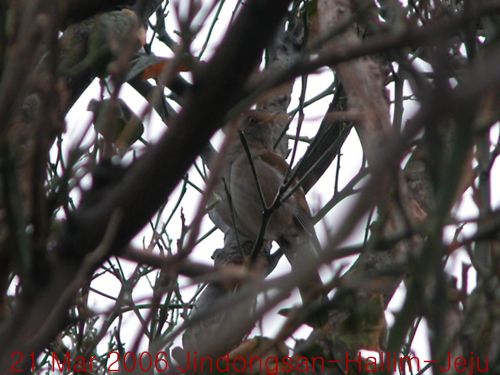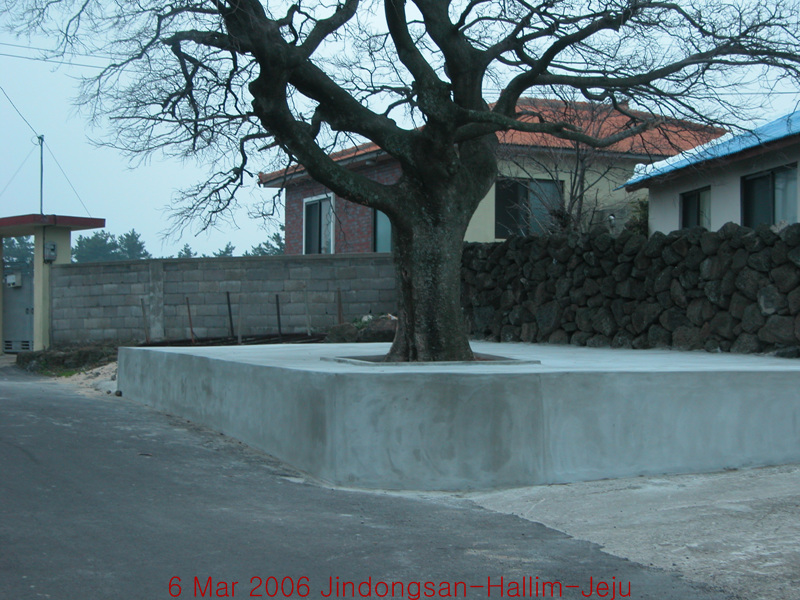| 이즈미에서 답장이 왔네요. 제주에 3천마리가 날아온 3월 21일 이즈미에서 4221마리가 떠났답니다. 이즈미에서는 두루미가 오는 것과 가는 것을 날마다 기록하고 있답니다. 제주를 지나지 않은 1000마리가 어디를 거쳐 갔을지 궁금해집니다. 해남 고천암에서 정기적으로 새를 보는 사람이 있으면 참 좋겠습니다. To Yong Chang Jang Thank you so much for such an interesting information. We would like to study about your questions and hope to provide you some information in near future. Two members of Crane conservation committee of Kagoshima count the number of arriving and leaving cranes at Arasaki(the wintering site of cranes in Izumi )everyday during migratory period. Followings are the number of Hooded cranes left Izumi from March 18th till March 27th this year. March 18 193 Hooded cranes March 21 4,221 March 22 898 March 25 2,206 March 26 333 March 27 1,576 These numbers are the total numbers of cranes left by around noon. There are still about 300 cranes left. I hope to exchange our information from now on for further study about cranes. Sincerely yours Kazunori Nara The director of Crane park museum, Izumi |







